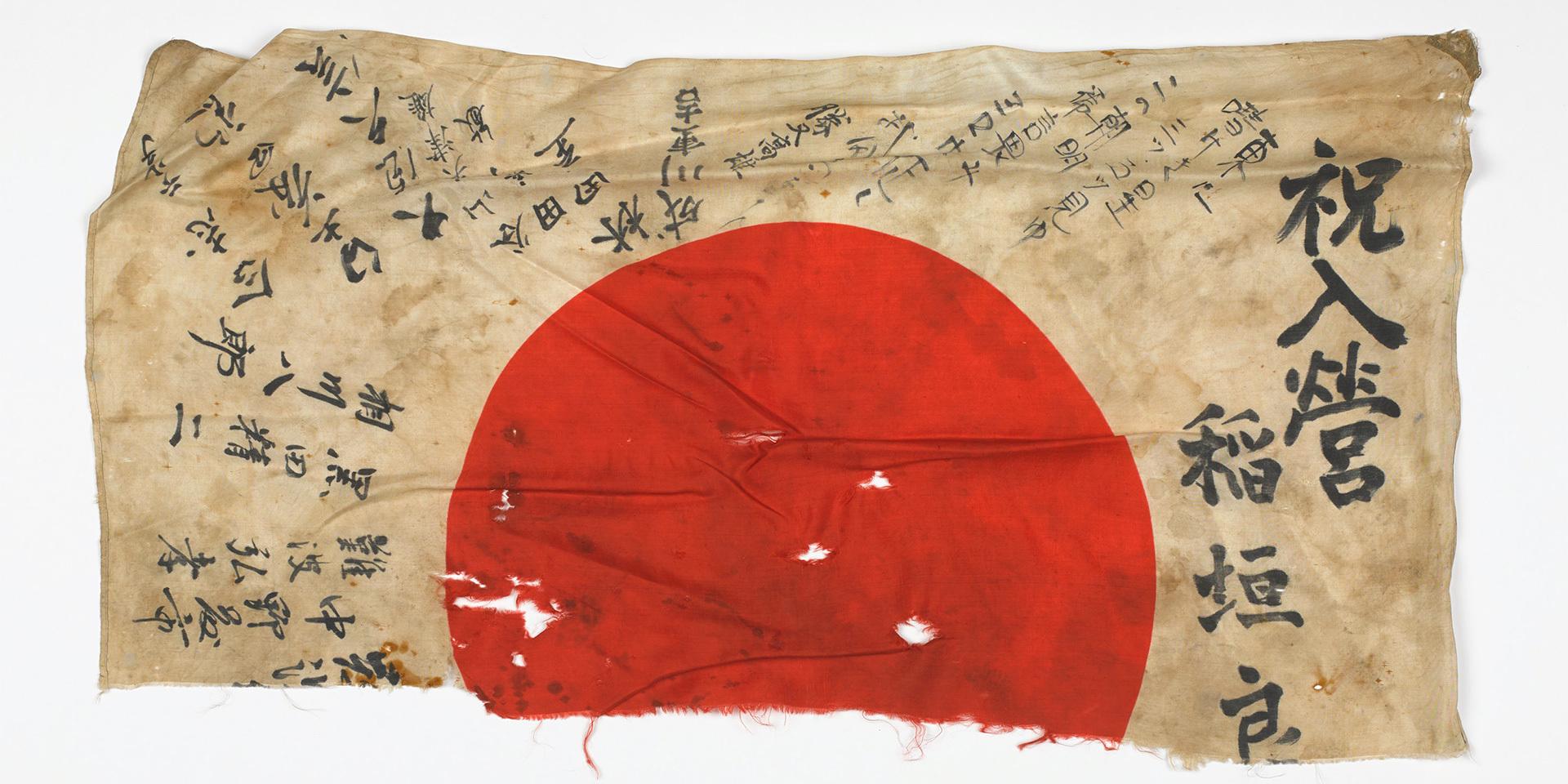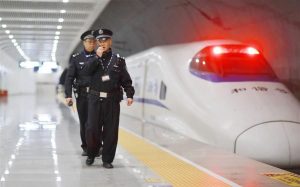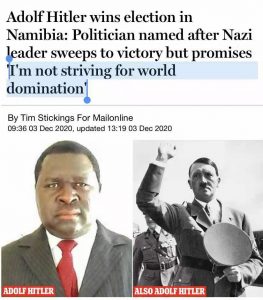As you may know, World War 2 was a pretty massive and chaotic war. So chaotic in fact, that particularly in the Pacific theater in the war with Japan, the details of when it ended for many of those involved are quite sketchy. When so much warfare is being fought guerrilla style in sparsely populated little islands, quite a lot of soldiers slipped through the cracks of their army’s retreat or repatriation efforts, with many not even knowing that the war had ended! The Japanese soldiers who went through this are generally called the Japanese holdouts, fighting for the cause of a dead empire years or even decades after the war.
The Imperial Holdouts
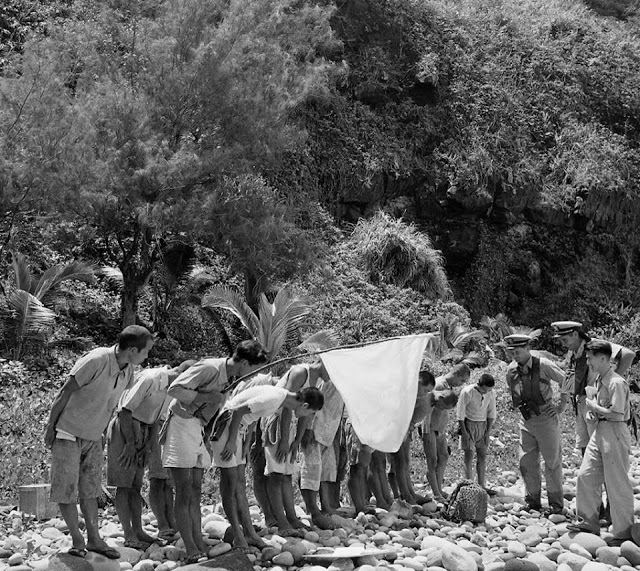
The iconic image of Japanese holdouts is quite a striking one indeed. Elderly men in tattered military uniforms, ever watchful for the hated American soldiers and just waiting for the call to return home victorious. It’s been a part of pop culture for decades, with holdouts appearing in old shows like Gilligan’s Island, new shows like Archer and pieces of literature like Kensuke’s Kingdom by Michael Morpugo. They were a relic of the past somehow surviving on long past their heyday!
Sure enough, in the years that followed WW2, hundreds of holdouts were discovered. Most surrendered in the immediate aftermath of the war, with the late 40s occasionally seeing entire groups of these soldiers emerging on isolated islands around the Pacific and elsewhere. Gradually, the flow of such holdouts began to slow, with scattered groups and individuals emerging every few years as the 50s moved into the 60s. Those that remained were of a different caliber, as one might imagine. Special forces of a sort, trained to expect long periods of guerrilla warfare, good at hiding from the planes that searched for them and ideologically resistant to the evidence that the war was lost.
As the 60s rolled on into the 70s, people surely believed they must all be gone by now. The war itself had only lasted six years for God’s sake! (Longer if you count Japanese imperialism in Asia itself, but y’know.) Interest revived in October 1972 when a man in tattered Japanese uniform was shot dead on the island of Lubang in the Philippines, having been caught attempting to steal food and burn rice harvests in what was a fairly sophisticated guerrilla attack, with another apparently fleeing into the jungle. His name was Kenshichi Kozuka and he had been fighting on the island for 28 years as a Japanese holdout.
Hiroo Onoda
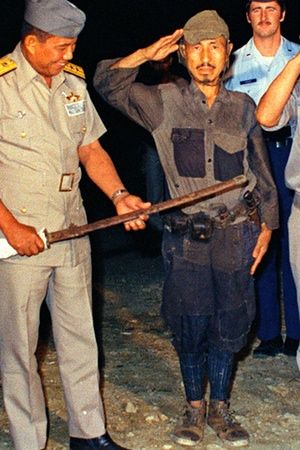
In March of 1974, the other figure who had fled into the jungle was himself found, alive! Lieutenant Hiroo Onoda, who seemed to fit the perfect mental image of such a holdout soldier. He was discovered by, of all things, an adventurous backpacker from Japan who he strangely found himself willing to speak to. It seems after very nearly thirty damn years living on that island, his willpower to keep fighting was finally starting to drain… But even then, the Japanese holdout refused to believe the surrender of Japan was for real until they could bring his commanding officer to the island to formally relieve him of duty. Which they did! This is perhaps the most famous of the Japanese holdouts.
What followed just a few months later on December 18th was the discovery of private Teruo Nakamura. He’d lasted longer than Onoda! …But he didn’t fit the image everyone desired. For one thing, Nakamura was Taiwanese-born and spoke neither Chinese nor Japanese. He wasn’t such a soldierly sight and hadn’t been fighting continuous guerilla warfare, so it would appear that the reality of many Japanese holdouts was far less desirable to the often fiercely patriotic Japanese admirers than the myth that Onoda represented. He was, after all, not exactly representative of the average Japanese soldier. He was special forces! And had a staunch ideological rigidness that crossed the border into stupidity, when even hearing the voice of his own family come to the island to search for him was not enough to convince him that the war was over… Rather narcissistic in my view to think the Americans would put in the effort of getting a soundalike of your family to get some random guy in a militarily irrelevant island to surrender, but then this may have been the sunk cost fallacy in full display.
December of 1974 seems like more than enough time for WW2 to end. By this point, Japan had an entire new adult generation who’d never known the war. Rumors were everywhere that more still existed out there and indeed, old huts that may have belonged to Japanese holdouts were discovered in the 80s, but no evidence of their continued existence was ever found. Those huts could have been there since before Onoda surrendered, after all. Those rumors certainly stoke the imagination, but they’re that. Just rumors.
The Other Japanese Holdouts

So that’s it, right? No more holdouts? Well, yes and no. If a holdout is defined as a member of the Imperial Japanese Army who kept fighting after WW2 in ignorance of the war’s cessation, then yes, 100%, there were no more holdouts. But I think it’s interesting to be a bit looser with our definitions here and explore those who knew damn well the war was over but fought on anyway. Not for Japan necessarily, but as part of what they may see as the same unbroken conflict.
The historian Christopher E. Goscha has done some research into this and wrote in his article ‘Belated Asian Allies’ that strong evidence exists for many Japanese soldiers who refused to be repatriated in Vietnam. He cites that in September of 1945, there were 50,000 Japanese soldiers and civilians in the north of Vietnam. By December of the following year, 32,000 had been repatriated and 3,000 fled to Hainan which left 15,000 left. Goscha believes that a third of these, or 5000 Japanese soldiers and civilians subsequently joined the Viet Minh either as political cadre, military, advisors or simply as part of the general population.
Citations in this work go on to claim hard evidence from the French of at least hundreds of Japanese soldiers serving with the Viet Minh, among them, the likes of Ishii Takuo who rose to the ranks of colonel and led the 308th Battalion in numerous victorious battles against the French. He was killed in action on May 20th 1950.
So we know this happened, but there’s a pretty significant question… Why? Japan was an imperialist and fascist state during WW2, they communists like the Viet Minh as an enormous enemy in their own right! And yes, this is true, but that’s only one part of Japan’s propaganda. What the Japanese propaganda machine claimed was that their imperialism of Asia was meant to ‘liberate’ it from the imperialism of the west. While Japan’s government may not have had such altruistic motives, many Japanese would have sincerely believed this! As the end of the war meant a return of the British and French to their colonies in Asia, it’s easy to see why loyalties would shift to their ‘fellow Asians’ who continued an anti-western imperialist conflict.
Over the following years, most of these Japanese soldiers would repatriate, especially once both Vietnam’s nominally gained independence and many would have seen their goals achieved. All the same, many soldiers were left unaccounted for, leaving the possibility entirely open that Japanese soldiers were fighting with the Viet Cong against the Americans in the 60s and 70s! Evidence for this is, however, currently rather lacking.
The Final Japanese Holdouts
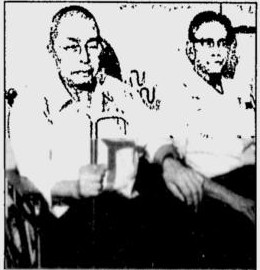
So those were some non-imperial Japanese ‘holdouts’, but those don’t seem to outlast Onoda and Nakamura. It seems like 1974 was the end of the Japanese holdouts… And so it would seem, until we cast our eyes to Malaysia. According to Hara Fujio in a 2016 journal, between 200 and 400 Japanese soldiers would go on to join the guerrillas of the Malayan Communist Party after WW2 and fight on against the British there, just as had been done in Vietnam against the French! Most of this group were killed in the first few years of brutal conflict but some, it seemed, lived quite a bit longer.
Eventually, two Japanese soldiers walked out of Malaysia and surrendered. So when was this? Maybe 1975, just beating out Onoda? A few years later? Try December 2nd 1989. Yeah, just a tad longer than Onoda lasted. Shigeyuki Hashimoto and Kiyoaki Tanaka fought with the Malaysian guerrillas from the point of Japanese surrender until the point of Malaysian communist surrender, stating a refusal to leave even after Britain’s withdrawal from Malaysia for fear it would hurt their comrade’s morale.
Given their advanced age, it’s likely they weren’t fighting so much in their latter years, but they attested to be taking part in combat well into the 60s and they certainly refused to surrender beyond that point. I think it’s very fair to say that they’re the last confirmed Japanese holdouts… Even if I am stretching the definition just a tad from how it’s usually meant.
But hey. Why not stretch the definition even further still? Sure, there’s Japanese soldiers who didn’t know the war was over, but how about those who didn’t know they were with the Japanese at all? …Yeah, that sounds pretty far-fetched. But it was apparently the case for Toshiro Ishida, an ex-civilian employee of the Imperial Japanese Army who had been contracted to work in China and disappeared towards the end of the war. When he was discovered, it was found that he’d been suffering amnesia from a bullet wound to the head. And just when was he discovered exactly? 1993. So that pushes the last of the Japanese war’s legacy back a few years more!
But hey, I get it. That guy wasn’t even a soldier, it doesn’t count! How about Ishinosuke Uwano? Arrested by the Soviet Red Army on Sakhalin Island at the end of the war and held as a POW. Although he managed to maintain contact with his family as late as 1958, he subsequently returned to the USSR and disappeared, presumed dead and officially declared such in 2000. Well if you’ve noticed the theme here, he most definitely wasn’t dead. As late as 2006, he was discovered living in Ukraine, married and with three children! His choice to stay was apparently voluntary and why it took until nearly two decades after the fall of the USSR to seek out his family again is unclear. But as he was believed a lost casualty of WW2, hell, there’s some merit to saying the last Japanese holdout was only discovered in 2006… Nah, that’s a bit of a reach. But a fascinating story all the same.
